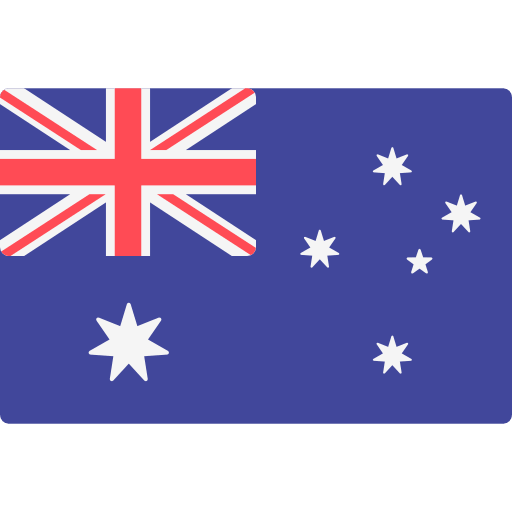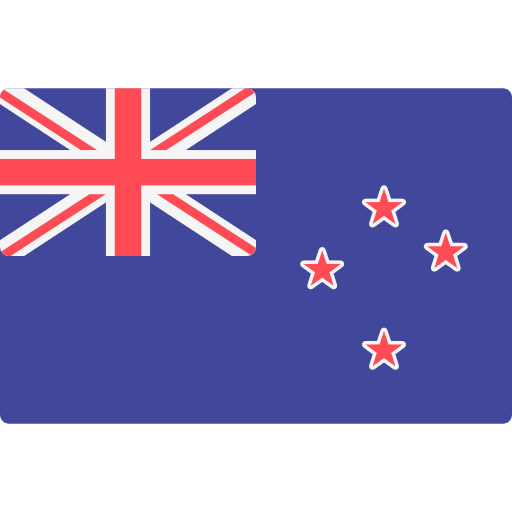How safe is our drinking water?

Detecting an emerging disinfection by-product in drinking water
Ensuring that public water systems provide clean and safe drinking water is a fundamental part of safeguarding health. To prevent the spread of waterborne diseases, water supplies are treated with disinfectants, but these chemicals themselves can form by-products that may be harmful at higher concentrations. Chloronitramide anion (Cl-N-NO2-) is one of the most recently identified emerging disinfection by-products (DBP) identified in drinking water treated with chloramines. In the two months following this discovery, US-based Eurofins Environment Testing Eaton Analytical developed a cutting-edge testing method to detect chloronitramide anion.
For over 100 years, chlorination has been the primary way of inactivating pathogens in water to prevent waterborne diseases. However, chlorine reacts with organic matter, bromide and iodide in water, leading to the creation of DBPs that are associated with known health risks; authorities in many countries have therefore introduced regulations concerning chlorination. As a result, more and more public water systems are moving towards using alternative disinfectants, such as inorganic chloramines, to avoid DBP contamination. Approximately one-third of water utilities in the US currently use chloramination as their primary or secondary means of disinfection of drinking water. In late 2024, new research has found that inorganic chloramines also form their own by-products, with a potential impact on human health.
One of these by-products is chloronitramide anion, which was unidentified by scientists until late 2024, when a groundbreaking study published in Science, by Fairey et al. highlighted the presence of chloronitramide anion in chloraminated drinking water at a concentration of up to 120 µg/L. Although its toxicity is still being investigated, the fact that chloronitramide anion contains chlorine and a nitrogen-nitrogen bond, and shares structural similarities with some highly toxic compounds, raises important questions about the potential threat it poses to human health.
Within two months of the study’s publication, Eurofins Environment Testing Eaton Analytical partnered with its author, Dr. Julian Fairey from the University of Arkansas, to develop a method to analyse chloronitramide anion in drinking water. This method leverages state-of-the-art technology for enhanced accuracy and provides ultra-sensitive detection down to 0.1 µg/L. Using this new method, chloronitramide anion was detected in all chloraminated drinking water samples tested, at a concentration of up to 200 µg/L. In addition, almost all chlorinated drinking water samples were found to contain chloronitramide anion at low µg/L concentrations.
This new method will provide water utilities with important data on chloronitramide anion contamination, ahead of potential regulatory changes.
The science behind
Eurofins Environment Testing Eaton Analytical used the “reversed-phase (RP) LC/MS/MS” testing methodology, which presents several advantages over the more commonly used ion chromatography (IC) or so-called hydrophilic interaction liquid chromatography tandem mass spectrometry (HILIC/MS/MS) technology – for instance, issues with specificity, resolution, and matrix interferences. Eurofins Environment Testing Eaton Analytical’s method employs 15N-labelled analyte natives as the internal standard, as it responds to the analysis in the exact same way as the target analyte. Therefore, this internal standard technique can compensate for matrix interferences and analytical variations and help achieve optimal sensitivity, accuracy, and precision in complex real-world drinking water samples that vary in hardness, alkalinity, and solids. In addition to monitoring the masses of chloronitramide anion for quantitation, extra masses specific to chloronitramide anion were also monitored to confirm sample results, which further ensured the accuracy of the data.

















































